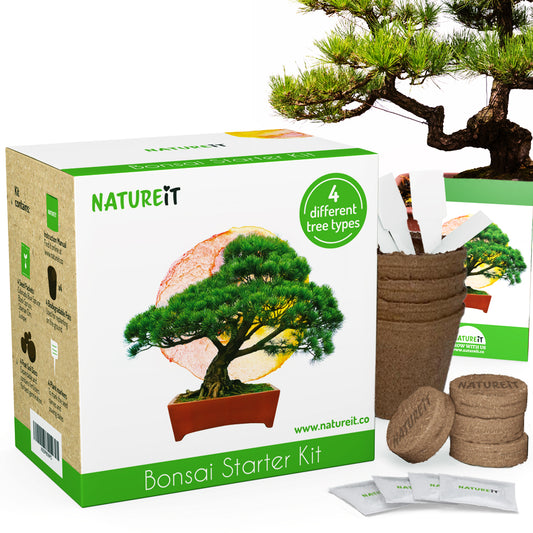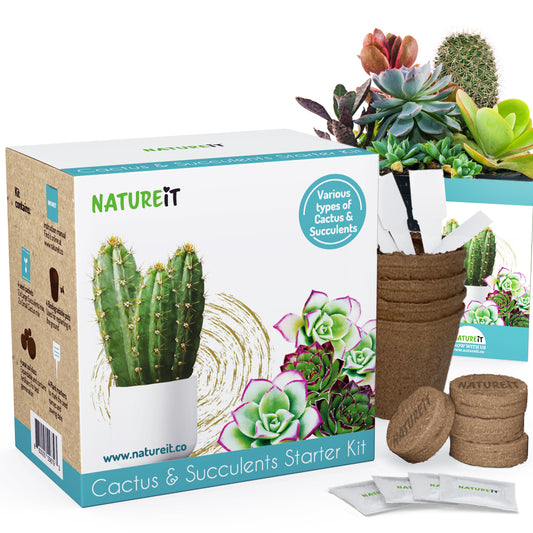Growing a bonsai tree from seed is very challenging. It’s not like any other herb that takes little to no care, it’s a road that you decide to take in which you have to be dedicated to caring for your new companion. If you reached the stage that you are wondering how your bonsai can keep growing in the same old little pot, you must have been taking good care of your tree, watering him, giving him the sun that he needs and keeping him healthy. You probably see its roots a bit cramped and tangled. Now it’s time to move your plant into his new forever home. It’s time to repot! Pay attention to the following because it’s not as easy as with your regular herb.

What is the best time to repot your bonsai tree?
Replanting is a stressful process for your tree and therefore should be done in the right time. During winter, when the tree is in dormant, pruning the roots and repotting it will be much easier.
The bonsai tree has much larger roots than your average herb bush. When your tree is in its growth phase it is not recommended doing anything that might cause it stress.
Depends on the growth speed, most Bonsai trees are replanted once a year to allow continues growth.
How big do you want your Bonsai to be? - Feeding the roots with new soil and giving them space
The size of the pot you use to repot your tree will determine its potential growth size. It’s up to you to decide if you want to let your Bonsai grow bigger or limit its growth possibilities. It’s recommended to use a slightly bigger pot each time replanting, to give the roots more space to grow.
When your plant grows, the roots are feeding from the soil and take its place. When you repot, you will begin pruning the older smaller roots and you will need to replenish the soil, giving your tree’s roots fresh, healthy soil to feed off.

Whatever you do, do it slowly
Before repotting, you will need to prepare your work space as it could get messy.
Try to work in a shaded area where your bonsai won’t suffer too much heat in this already stressful process. When pruning the roots it makes it much easier to keep them wet, digging the soil and dirt away from them and wiggling them out gently. You want to make sure to keep the smaller, thin and white offset roots that are branching from the main taproot.
Prepare your Bonsai’s new home

When repotting, it’s recommended to cover the bottom of the pot with a layer of gravel, rocks and rough types of sediment. This will allow water to drain better keep the soil moist but not too wet or drenched with water, and will also provide extra space for the roots to grow freely.
Above the rocks put a light layer of dirt to keep the roots from overheating by the sunlight.
If your tree’s roots are directed to one side, don’t place your tree in the middle of the new pot, place it according to the roots direction and give them the space they need.
When you get the soil to an even level press down gently around it, soak it with water and place more soil where’s needed.
When done, you can start decorating your new pot with moss, gravel or other rocks.
Happy Growing!





